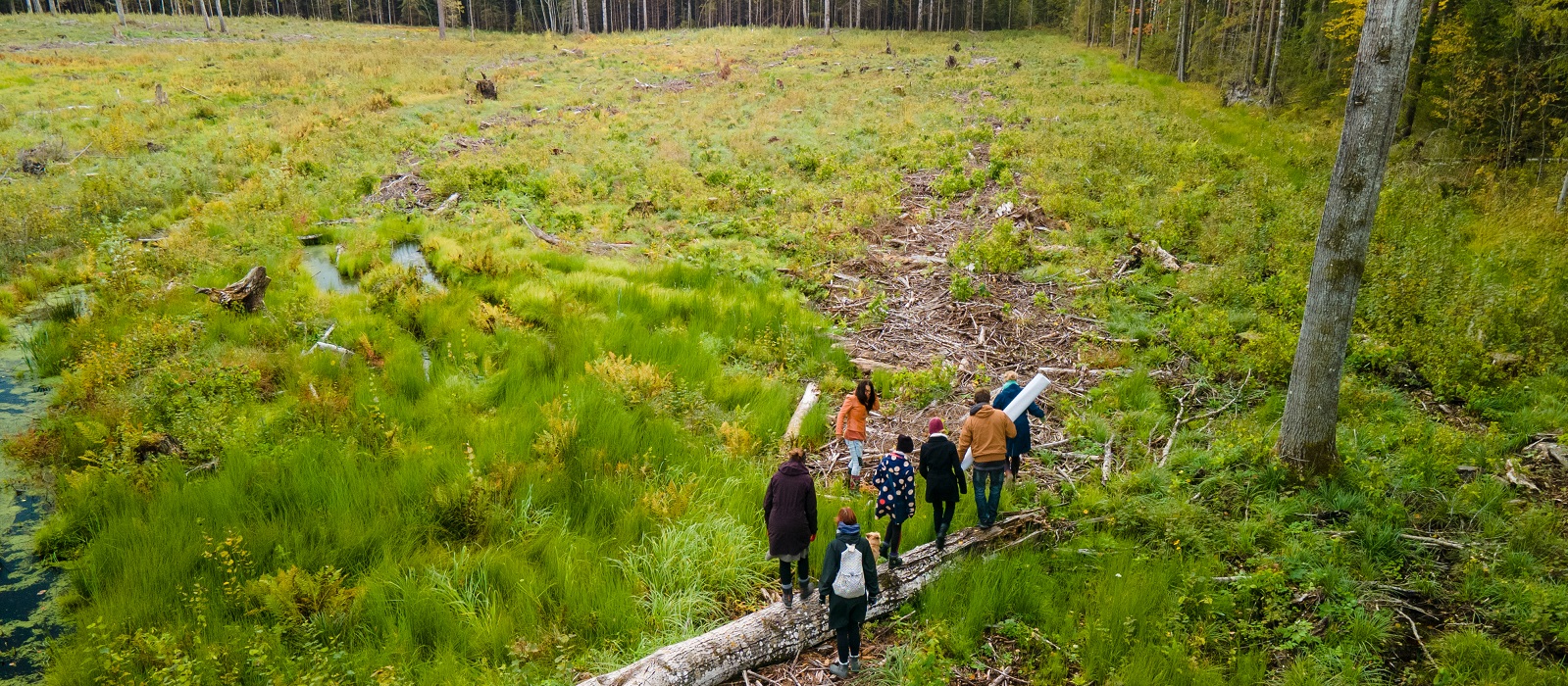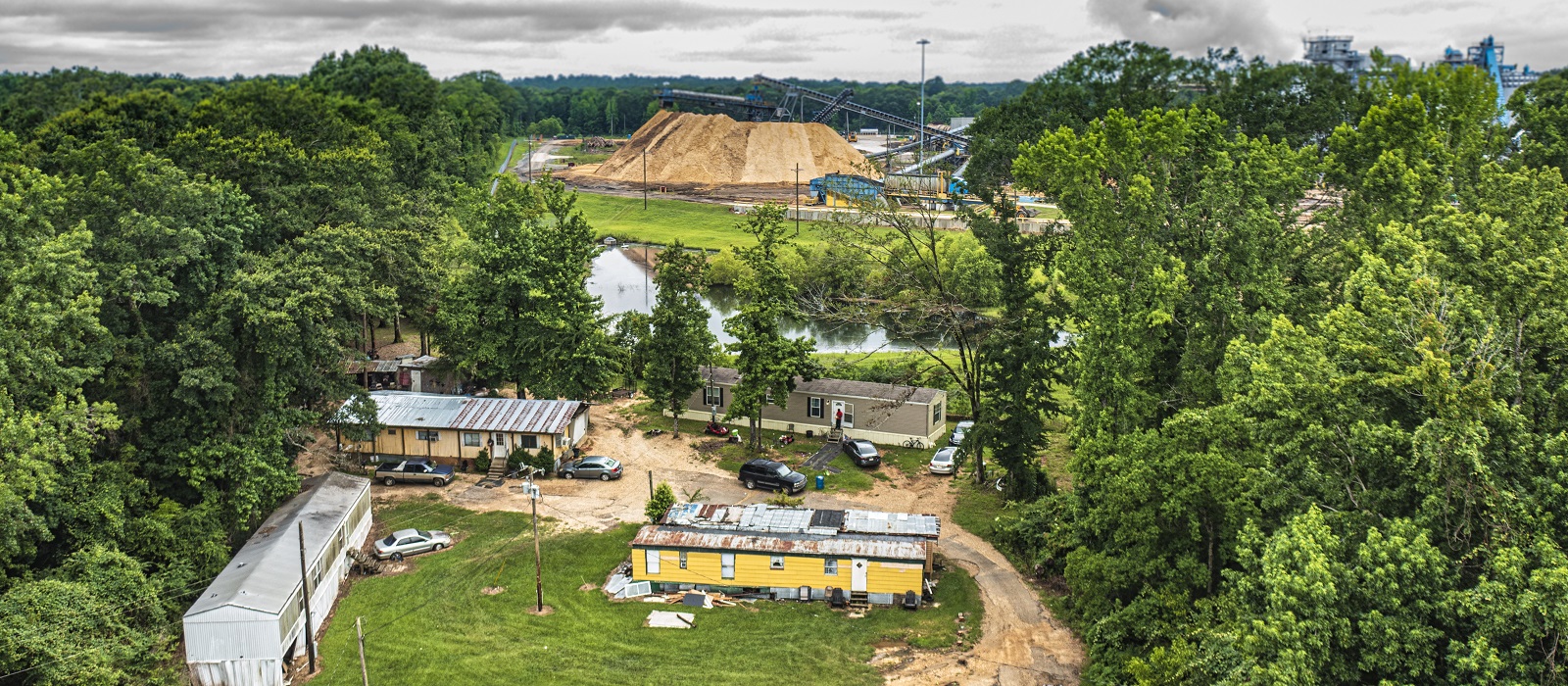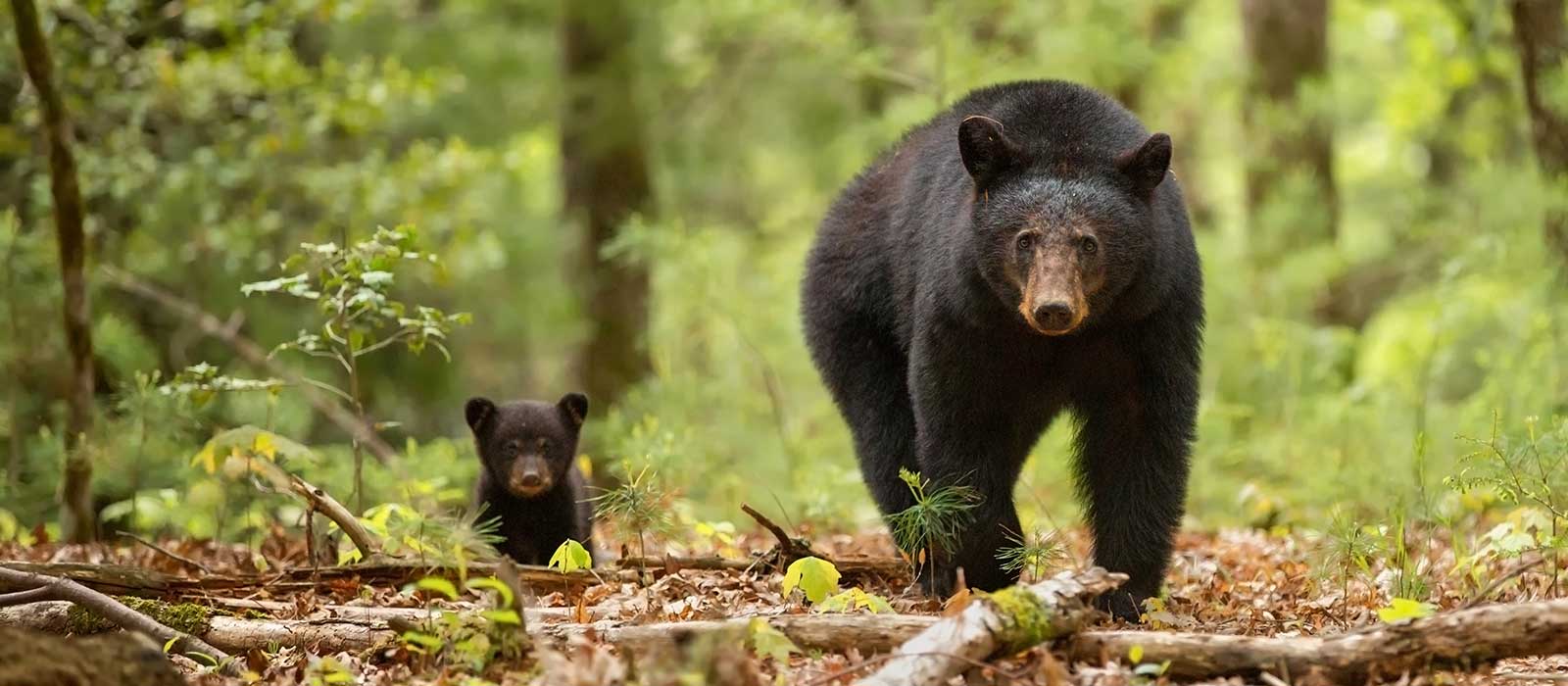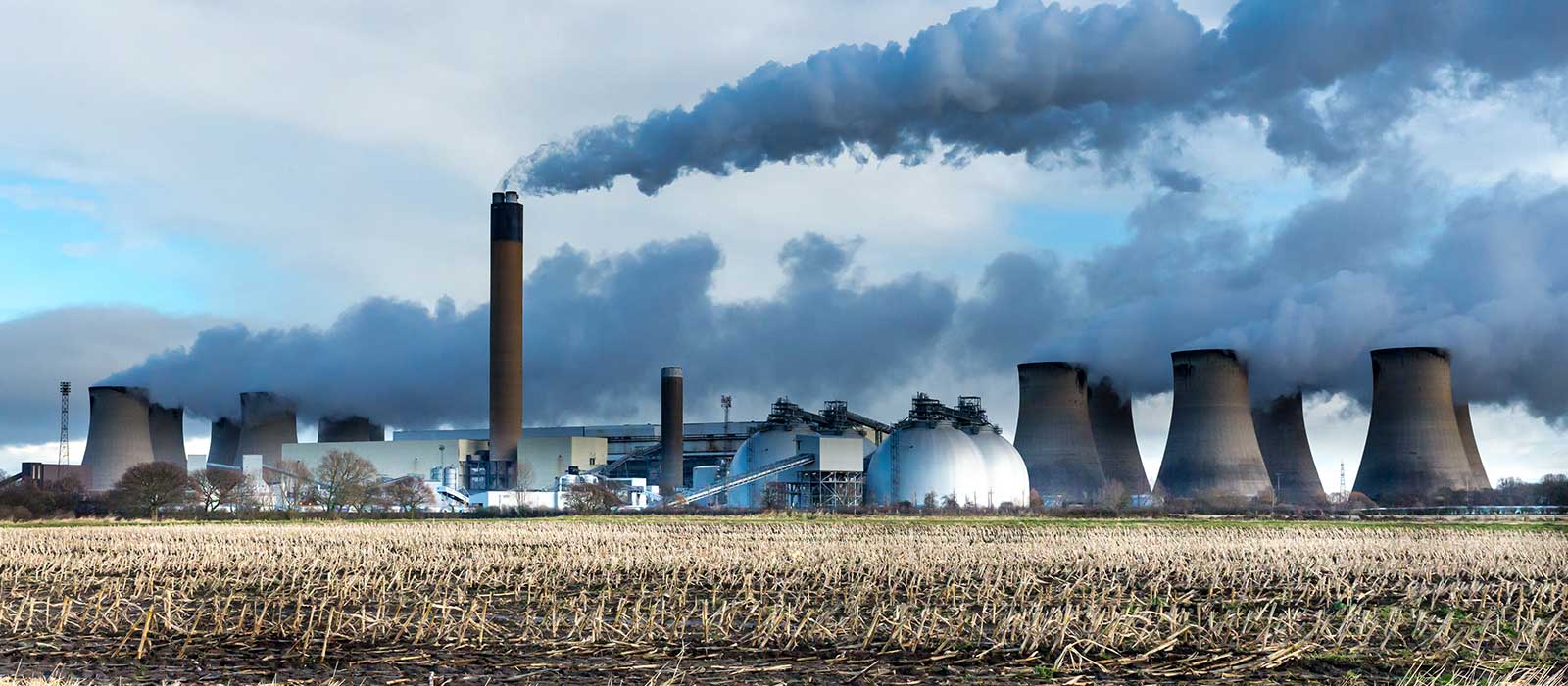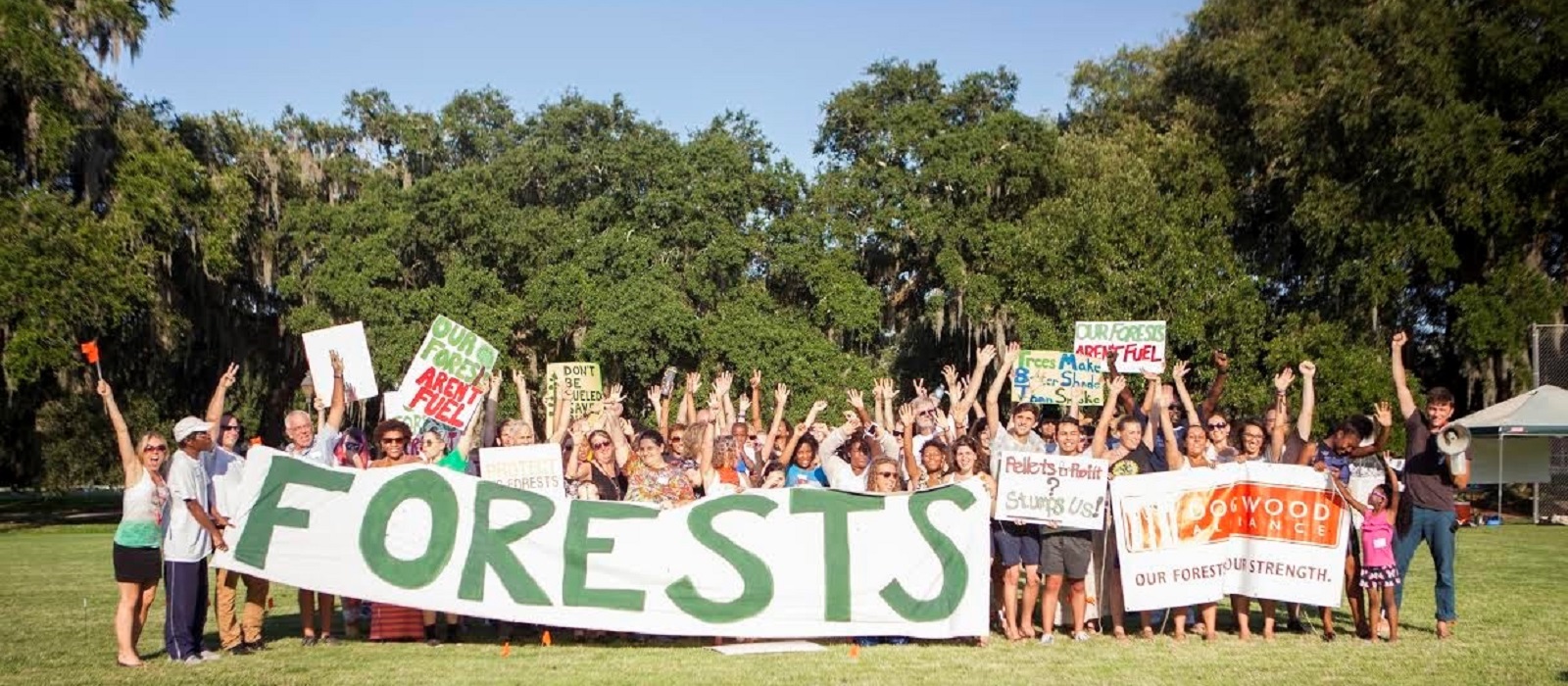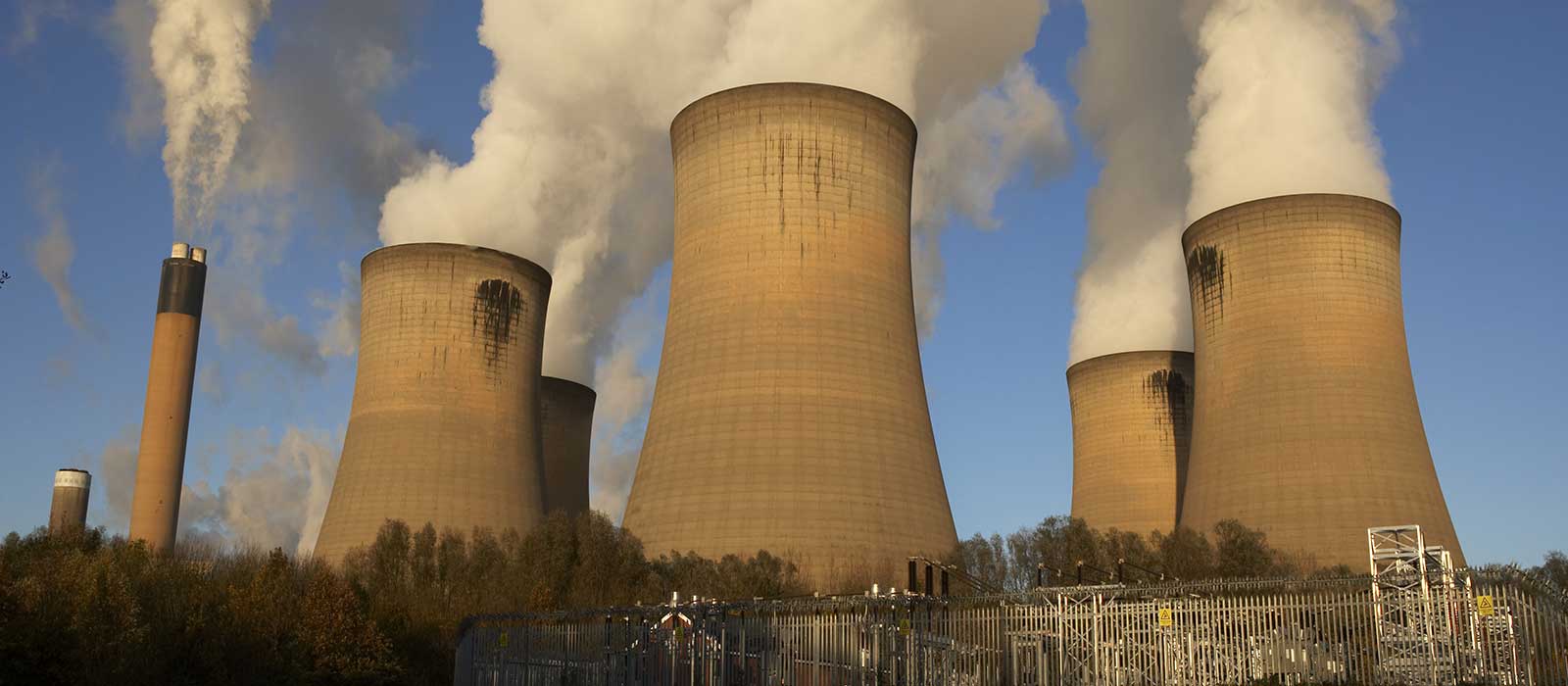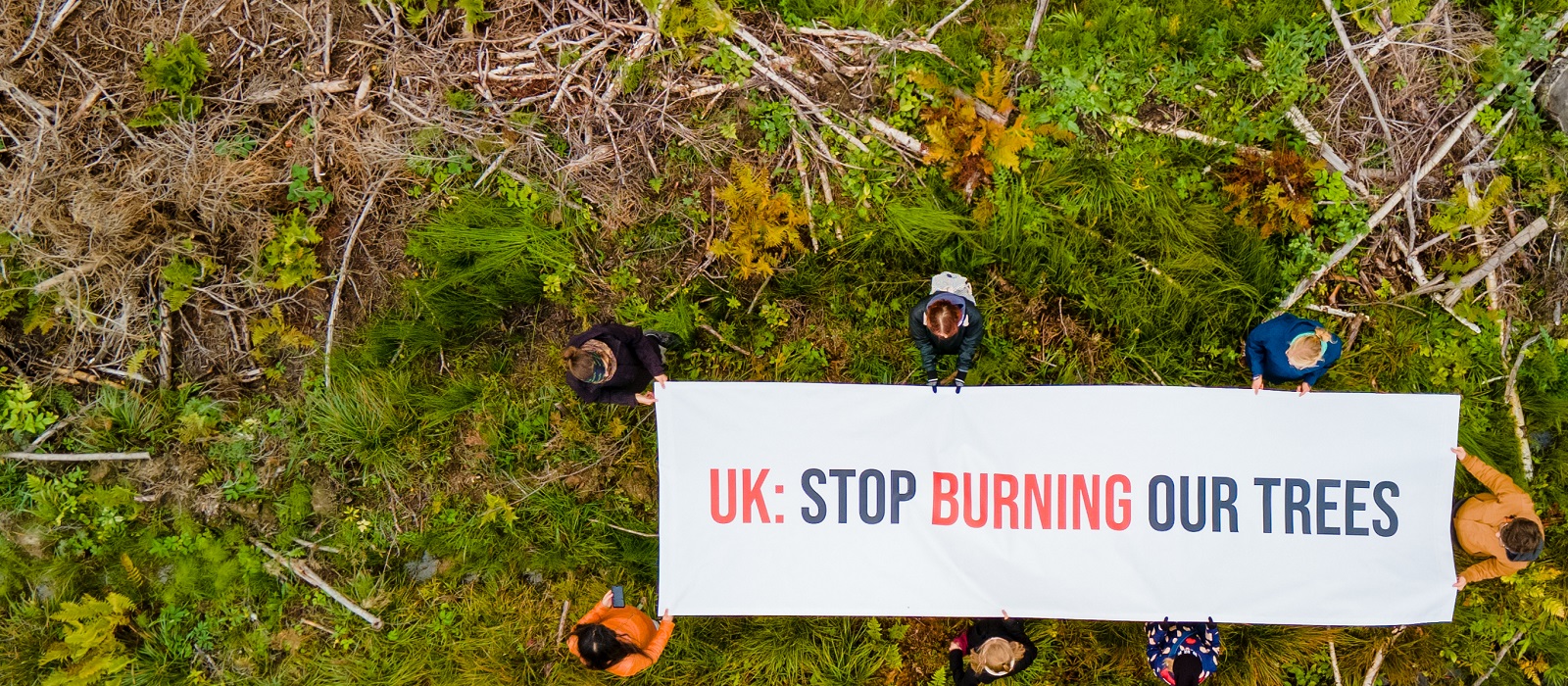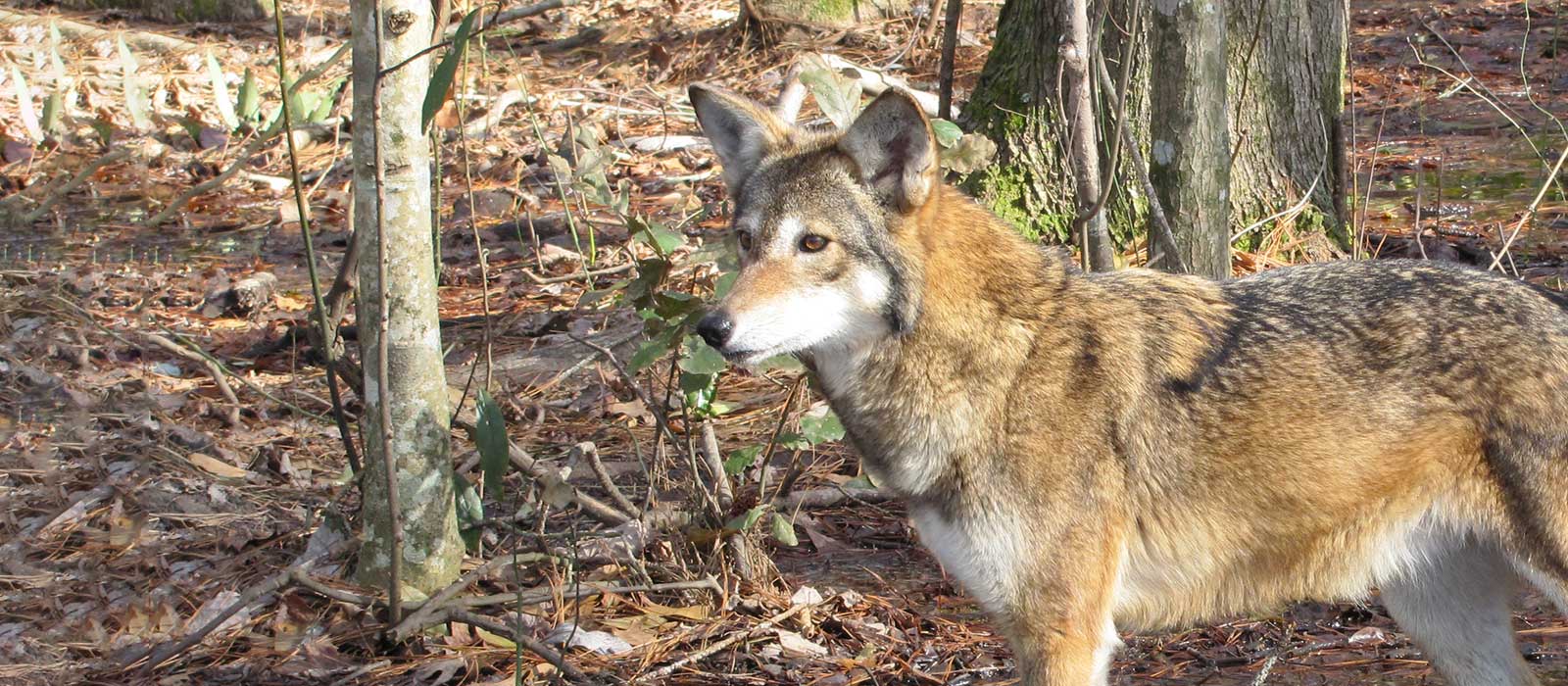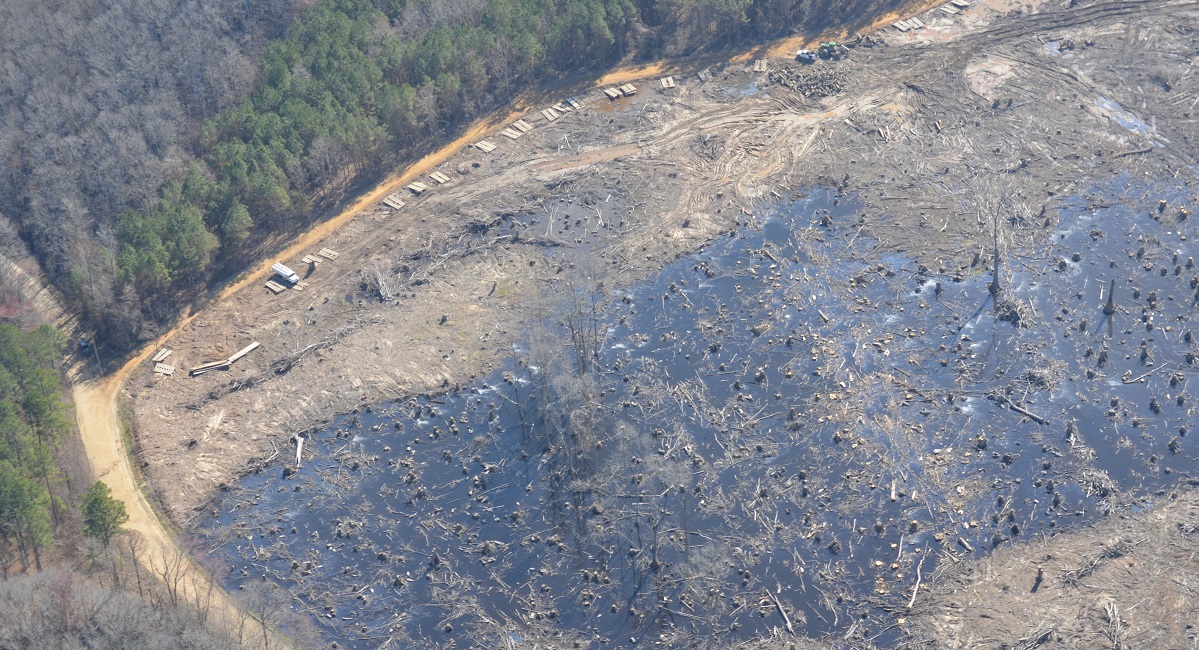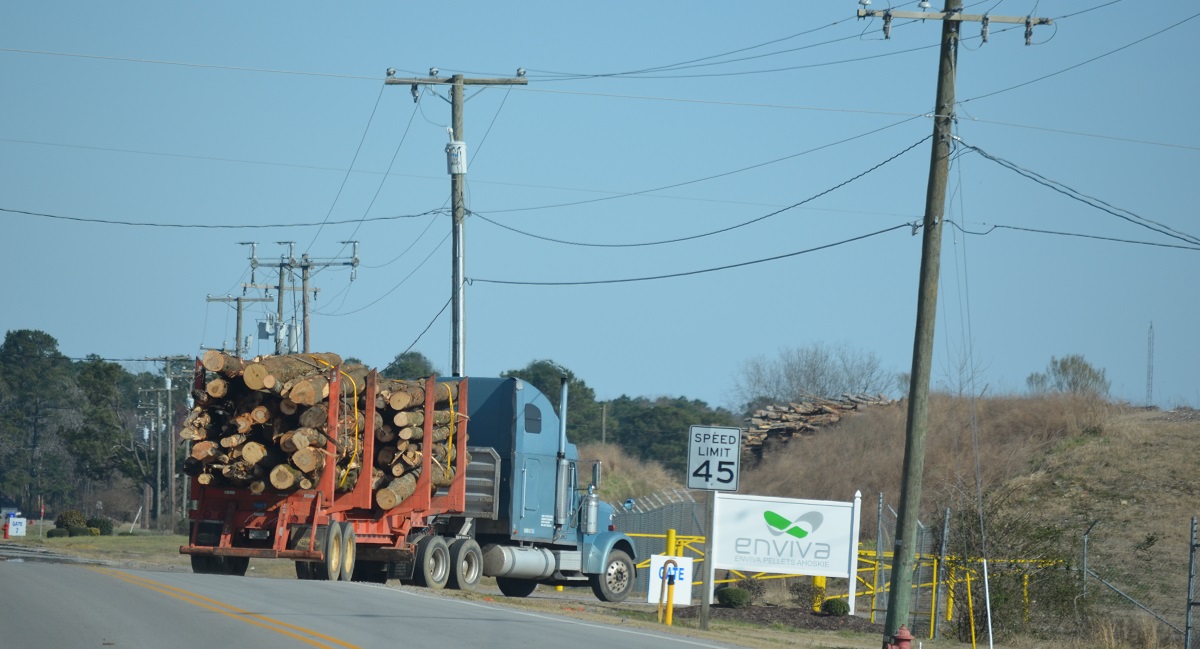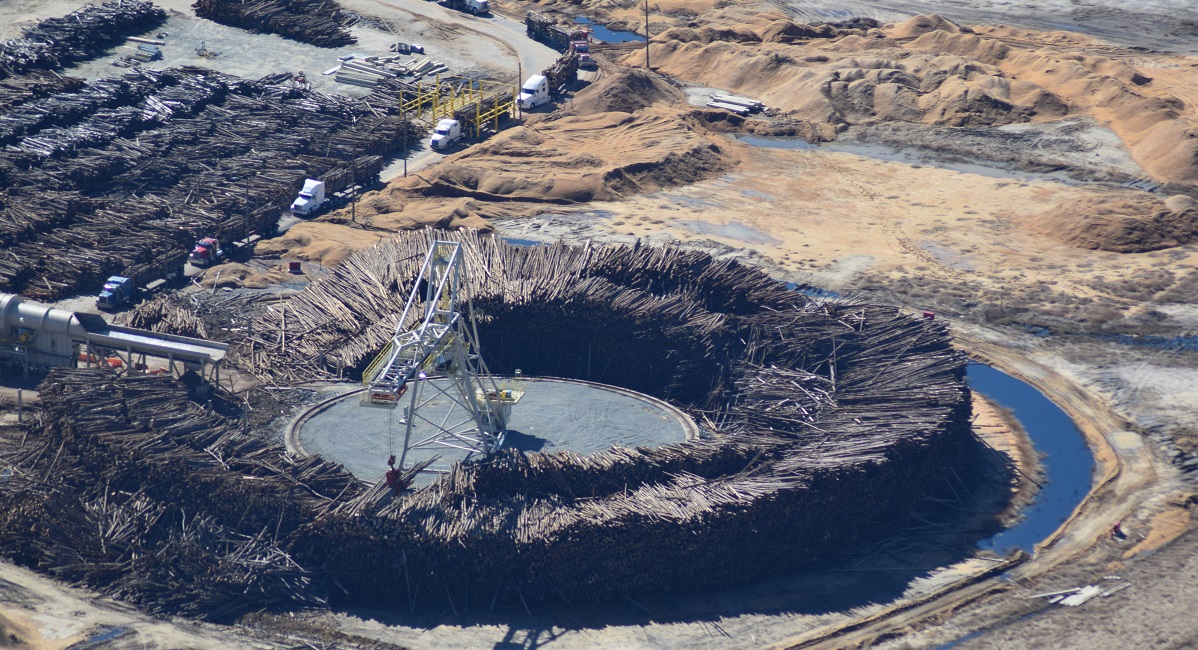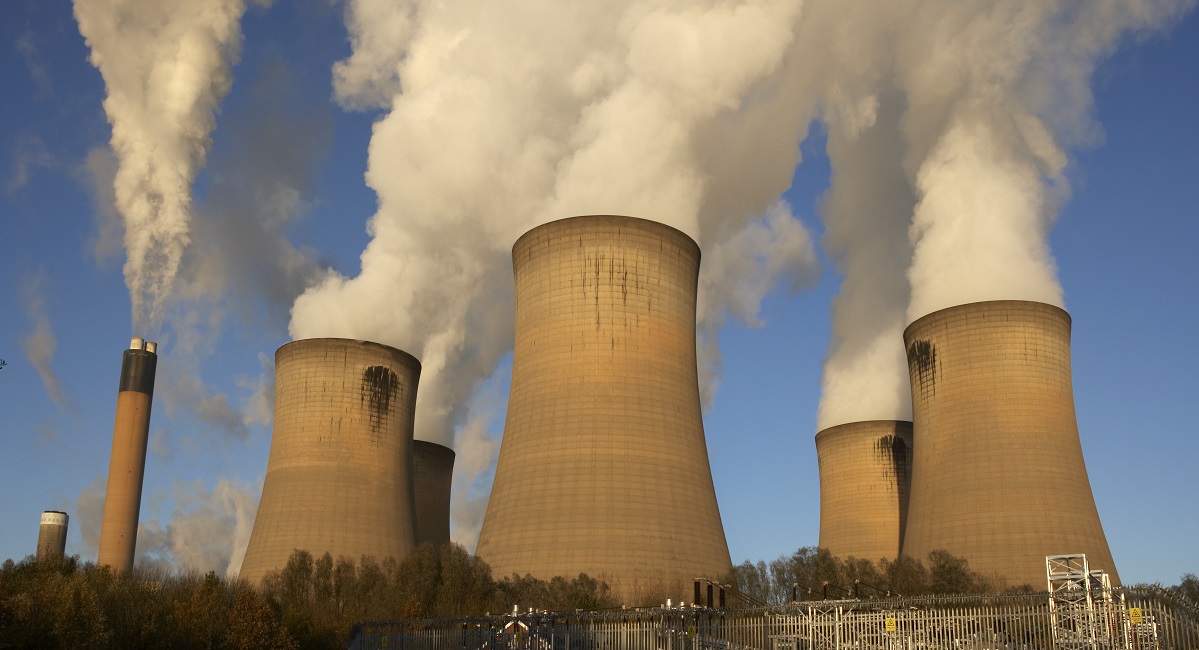Bioenergy proponents argue that forest regrowth negates this harmful impact on our climate. That is simply not true, even under the best-case scenario in which new trees are immediately replanted to replace those that have been logged.
This is for three reasons:
1. Older trees have been shown to sequester CO2 at a higher rate, so a permanent carbon debt is created when an older and larger tree is replaced with a sapling. Not only will it take years (likely decades) for the new tree to reach the size of the felled one, but during that time the now felled tree would have grown even larger if it had been left in place. This is often referred to as the “forgone sequestration” caused by additional biomass harvest in the forest. It means that biomass harvest reduces a forest’s store of carbon over the long run, compared with what it would be without the additional demand for wood.
2. It is difficult to ensure that harvested trees will be replaced and kept intact.
3. Forest harvesting also releases carbon from the soil.
Together, this means that harvesting biomass from forests for energy has an immediate and negative impact on the climate, with consequences that can persist for decades or even centuries. Even when biomass energy is generated by burning genuine forestry residues—the leftovers from logging operations, like tree tops and limbs—the result is increased CO2 in the atmosphere over several decades. This is time we simply do not have if we are going to avert the worse consequences of climate change.
Biomass Undermines the UK’s Plans to Lead on Climate Action
Britain’s COP 26 President Alok Sharma says climate change is the biggest challenge of our time, and that the UK’s presidency offers a unique opportunity to address this. Yet the UK is actively undermining this ambition and worsening the climate crisis by continuing billions in subsidies for dirty biomass electricity—the opposite of global leadership.



